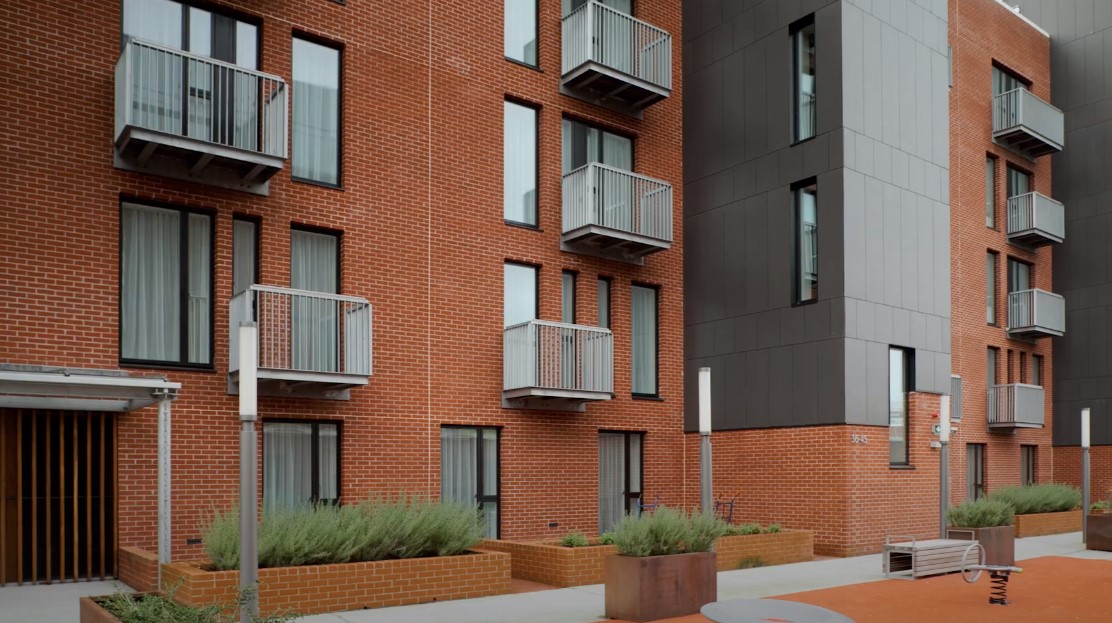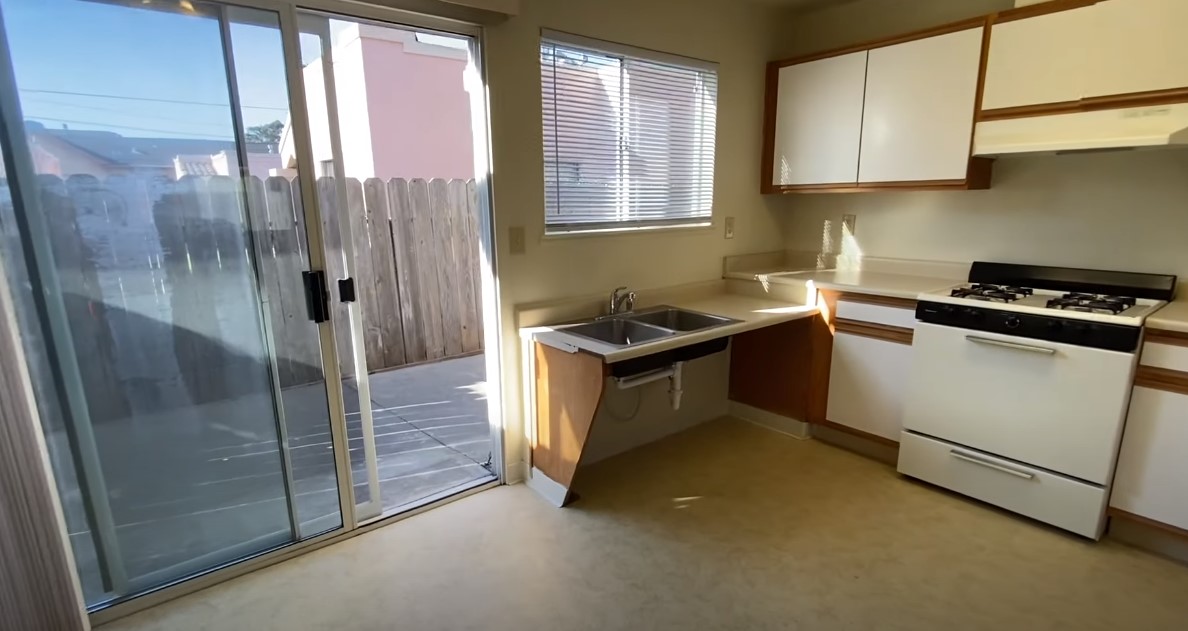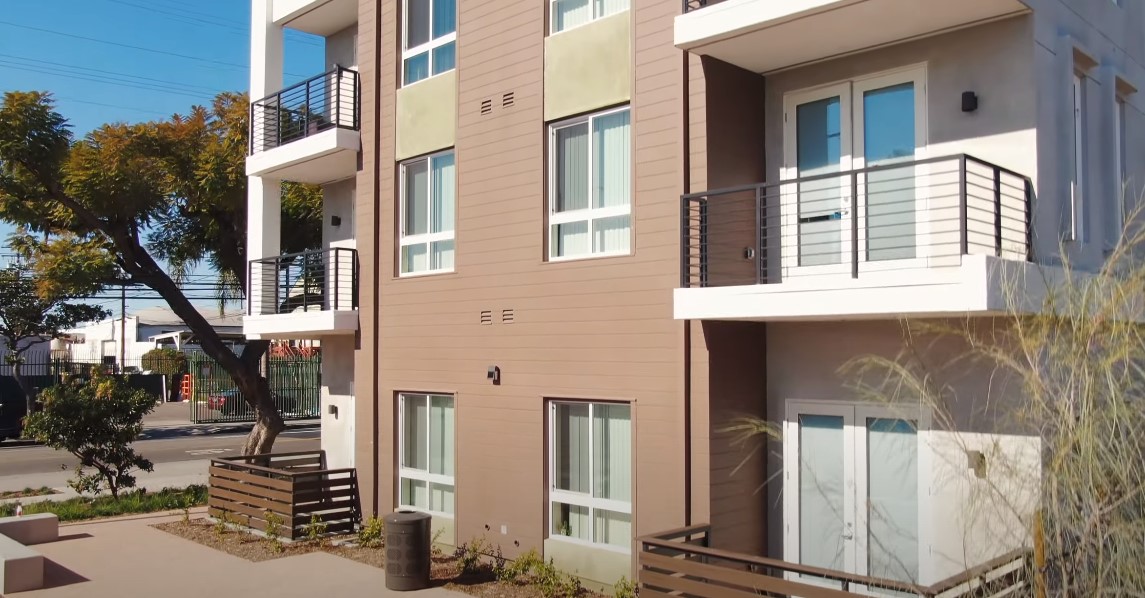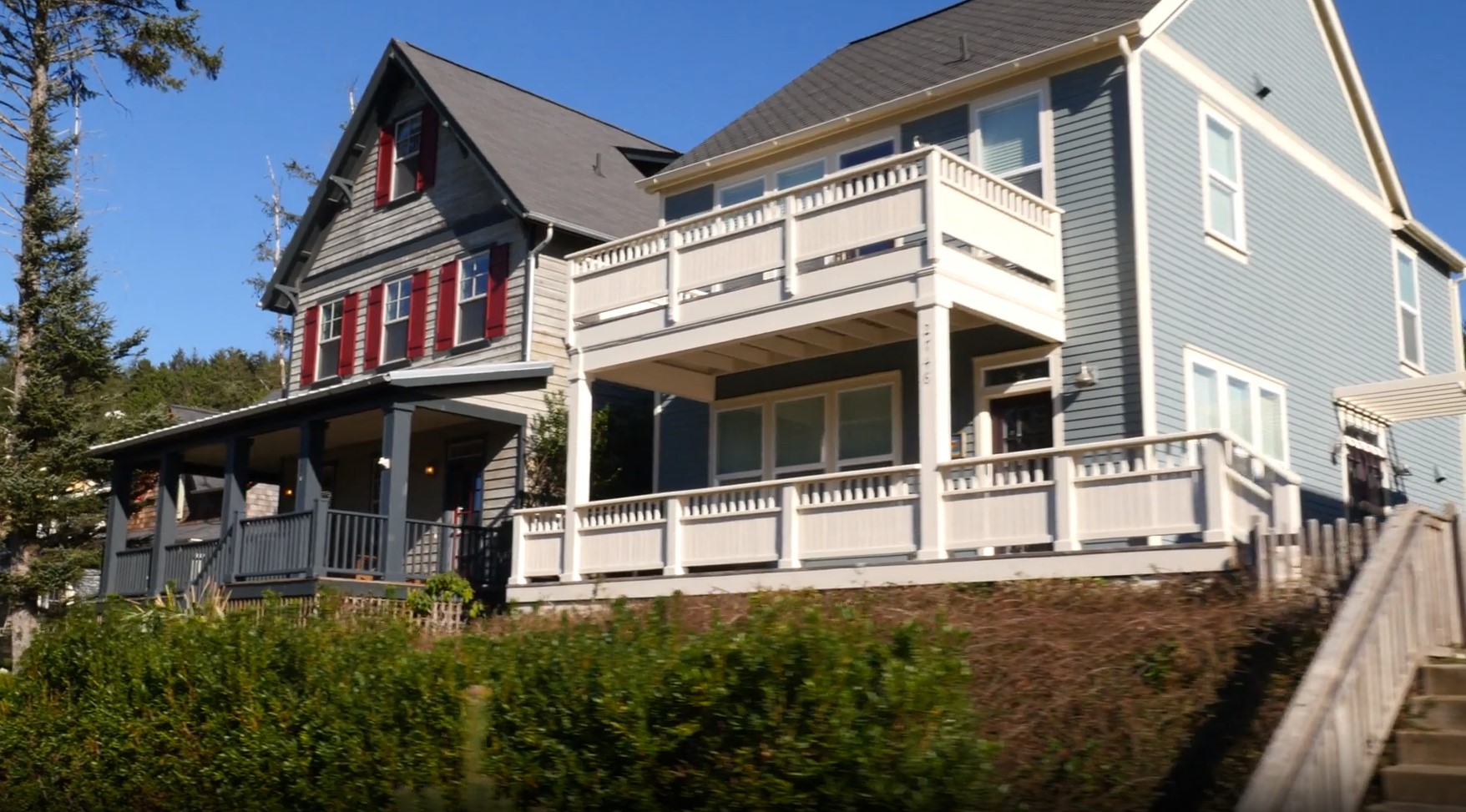Low-income housing programs, like the Housing Choice Voucher Program (Section 8), offer rental assistance to those who meet specific income and eligibility criteria.
I understand that navigating the application process can be daunting, which is why it’s important to know what’s required of you. These programs, primarily funded by the federal government, aim to provide affordable options to those in need.
To begin your journey toward qualifying for low-income housing, you must first determine your eligibility, which typically revolves around your income, family size, and citizenship or eligible immigration status.
Contacting your local public housing authority (PHA) is a smart move, as this agency can provide guidance through the process and inform you about the specific programs available in your area, like the options outlined by HUD’s Public Housing Program.
Key Takeaways
- Low-income housing programs, like Section 8 and Public Housing, offer crucial affordable housing options.
- Eligibility is based on income limits, family size, and certain priority groups.
- Engage with local Public Housing Authorities (PHAs) for application guidance.
- Prepare the required documents and understand the application process thoroughly.
- Expect long waiting lists due to high demand and limited supply.
- Affordable housing aids in improving health, education, and employment outcomes for communities.
Overview
Low-income housing, often associated with programs like Section 8, provides rental assistance to eligible individuals and families with lower incomes. Eligibility criteria typically include income level, family status, and citizenship or immigration status. Various programs are designed to ensure that housing costs do not become prohibitive for those earning significantly less than the area’s median income.
Importance of Affordable Housing
Affordable housing is vital because it supports economic stability and community diversity. By providing access to housing that individuals and families can afford, you can see how it promotes better outcomes in health, education, and employment for community members.
It enables individuals to allocate resources to other essential aspects of life, such as nutrition and healthcare, contributing to the overall well-being of a society.
Eligibility Criteria
Percent of AMI |
Family
|
Family
|
Family
|
Family
|
Family
|
Family
|
Family
|
Family
|
|---|---|---|---|---|---|---|---|---|
| 10% | $7,940 | $9,070 | $10,200 | $11,300 | $12,240 | $13,150 | $14,050 | $14,960 |
| 20% | $15,880 | $18,140 | $20,400 | $22,660 | $24,480 | $26,300 | $28,100 | $29,920 |
| 30% | $23,800 | $27,200 | $30,600 | $34,000 | $36,750 | $39,450 | $42,200 | $44,900 |
| 40% | $31,760 | $36,280 | $40,800 | $45,320 | $48,960 | $52,600 | $56,200 | $59,840 |
| 50% | $39,700 | $45,350 | $51,000 | $56,650 | $61,200 | $65,750 | $70,250 | $74,800 |
| 60% | $47,640 | $54,420 | $61,200 | $67,980 | $73,440 | $78,900 | $84,300 | $89,760 |
| 65% | $51,610 | $58,955 | $66,300 | $73,645 | $79,560 | $85,475 | $91,325 | $97,240 |
| 70% | $55,580 | $63,490 | $71,400 | $79,310 | $85,680 | $92,050 | $98,350 | $104,720 |
| 80% | $63,500 | $72,550 | $81,600 | $90,650 | $97,950 | $105,200 | $112,450 | $119,700 |
| 90% | $71,460 | $81,630 | $91,800 | $101,970 | $110,160 | $118,350 | $126,450 | $134,640 |
| Area Median Income | $79,400 | $90,700 | $102,000 | $113,300 | $122,400 | $131,500 | $140,500 | $149,600 |
Income Limits
Income limits are crucial in determining eligibility for low-income housing. Your income must not exceed certain thresholds defined by the Department of Housing and Urban Development (HUD). These limits vary by location and are calculated as percentages of the area median income (AMI). For instance, to be eligible for certain programs, You may need to have an income that is 50% below the AMI.
Family Size Considerations
The size of my family also affects my eligibility for low-income housing. Larger families may have higher income limits, allowing for a fair assessment of housing needs proportional to family size. This ensures that the income criteria accurately reflect the financial resources needed to support all members of my household.
Priority Populations
Certain populations are given priority in the allocation of low-income housing. This can include the elderly, people with disabilities families with young children, or a member who is pregnant. If I belong to one of these populations, I may thus be more likely to qualify for housing assistance and may be given preference in certain housing programs.
Types of Low-Income Programs
Public housing provides affordable apartments for low-income families, the elderly, and persons with disabilities. Administered by local public housing agencies (PHAs), rents in these units are typically based on a percentage of the tenant’s income to ensure affordability. To join the program, interested individuals must contact a PHA in their state.
Section 8 Choice Vouchers
The Section 8 Housing Choice Voucher program empowers very low-income families to choose their housing while receiving governmental assistance to make it affordable according to HUD.gov. Tenants can use these vouchers to cover all or part of their rent in the private market, and the PHA directly pays the landlord the subsidized amount.
Section 202 Supportive for the Elderly
This program specifically caters to seniors, providing housing that not only is affordable but also offers the necessary supportive services to help elderly residents live independently. Housing under Section 202 has income-based rent and might include amenities like transportation and community dining, tailored to older adults’ needs.
Application Process
To apply for low-income housing, precision is crucial. I’ll guide you through collecting the necessary documentation, where to apply, and navigating the lottery system that often determines placement.
Gathering Required Documents
- Proof of income (such as pay stubs or tax returns)
- Valid identification (like a driver’s license or passport)
- Birth certificates for all family members
- Social Security cards for each applicant
I keep these documents organized and accessible, knowing that they are essential for a complete application.
Where to Apply
Locate your local Public Housing Agency (PHA) to start the application process. Each agency has its own application process, but you can typically apply for a housing choice voucher online, by mail, or in person at the PHA office. It’s important to apply through the PHA serving the community to ensure my eligibility based on local income limits.
Understanding the Lottery System
Because demand often exceeds supply, many PHAs use a lottery system for their Section 8 voucher program as per the CSR Report. Once my application is in, I’m placed on a lottery or waiting list. It’s critical to know that being selected is not guaranteed, and wait times can vary considerably. If my name is chosen, the PHA will contact me with further instructions on how to proceed.
Waiting List Management
When applying for low-income housing, understanding how waiting list management works is as crucial as meeting the eligibility criteria. The waiting list itself is a critical part of the process that requires consistent attention and accurate estimation of potential wait times.
Estimating Wait Times
The length of the waiting list and the number of applicants play a significant role in determining how long you might wait before receiving assistance. You can get an idea of the timeframe by inquiring with the housing authority about the number of applicants ahead of you and the average wait time each year. Documentation, such as the PHOG Waiting List Chapter, can provide insights into how housing authorities manage these lists.
Role of Public Housing Authorities
In my experience, Public Housing Authorities (PHAs) are key players in administering low-income housing programs. They serve as a bridge between the government’s housing aid and eligible residents, ensuring access to affordable homes.
Navigating Through Local PHA
Local PHAs have the responsibility of determining eligibility for programs like the Public Housing Program. I assess eligibility based on factors including annual gross income, whether applicants qualify as elderly, persons with disabilities, or as families, and their U.S. citizenship or eligible immigration status.
To understand the application process, I work with individuals to ensure they meet these criteria. The process may vary between states, and sometimes, one may need to apply in person. Learning to navigate through your local PHA can be the first step toward securing assistance.
PHA Resources and Assistance
PHAs provide much more than just housing; they offer resources and support that aid residents in maintaining their homes. For instance, the Housing Choice Voucher Program Section 8 empowers very low-income families, the elderly, and the disabled to find decent in the private market. It’s my job to help residents understand the types of support available to them and how to apply for these programs effectively.
Local PHAs, like the Memphis Housing Authority, receive federal aid to manage housing for low-income residents at affordable rents. They also provide technical and professional assistance in planning, developing, and managing these developments, ensuring residents receive quality housing.
Tenant Responsibilities
As a tenant, I am aware that my ability to remain in low-income housing hinges on fulfilling specific obligations, of which the most crucial are adhering to my lease agreements and respecting the property rules set by my landlord or housing authority.
Abiding by Lease Agreements
I ensure that I read and understand my lease agreement thoroughly before signing. The lease is a legally binding document that stipulates my obligations, including rent payments, prompt reporting of maintenance issues, and proper notice before leaving the unit.
Respecting Property Rules
I recognize the importance of abiding by the property rules which may include guidelines on noise levels, pet ownership, waste disposal, and common area maintenance. These rules are in place to maintain a safe and clean living environment for all residents.
Appeals and Grievances
When you face a denial from a low-income program, knowing the steps to challenge the decision is crucial. Each program provides a process for appeals and grievances to ensure fairness.
Handling Denials
If I receive a denial of admission from a housing program, I must receive a written notice specifying the reasons for the decision. This is a standard protocol required for all HUD and USDA housing programs. Importantly, under certain circumstances, I may be eligible to appeal this decision. For instance, on reviewing my denial from the Affordable Housing Online, if the denial was based on incorrect information, I have the right to request a correction and a subsequent review of my application.
Filing for a Hearing
In response to a denial, I have the option to file for a grievance hearing. This formal process allows me to present evidence and argue my case before a neutral party. The steps to initiate this process include requesting the hearing in writing within a specified deadline. The National Housing Law Project outlines that to prepare for the hearing, I can gather relevant documents, seek legal advice, and prepare to make a clear presentation of my case.
Frequently Asked Questions
Final Words
Eligibility largely hinges on income, family size, and citizenship or eligible immigration status, with income limits set in relation to the Area Median Income (AMI).
Applying through your local PHA is crucial for accessing programs tailored to your area’s needs, and understanding the system, including the potential use of a lottery for placement, is key to successfully securing affordable housing.
The process underscores the importance of affordable housing in promoting economic stability, community diversity, and the well-being of individuals and families in need.





















